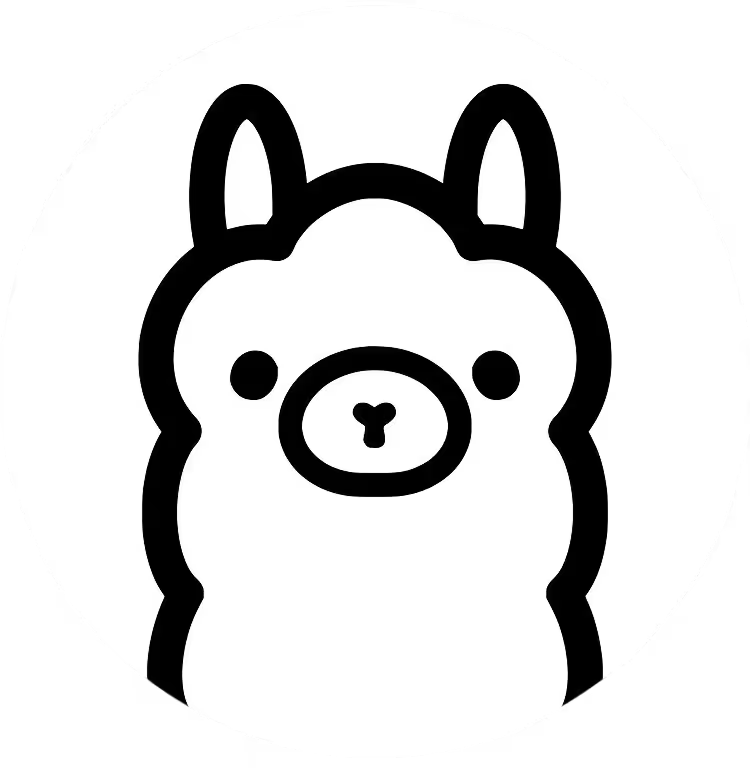Gemini
Introduction
Gemini, developed by Google DeepMind, is positioned as a multi-modal large language model suite designed to handle text, code, and visual inputs in a unified system. It integrates tightly with Google’s ecosystem, making it a natural choice for organizations already invested in Google Cloud, Workspace, and AI-driven developer tools. This analysis covers its strategic position, examines practical implications for production deployments, integration architectures, and platform decisions critical for teams building AI-dependent systems.
Strengths
Gemini delivers native multi-modal capabilities across text, images, audio, and video without requiring separate models, enabling richer and more adaptive workflows. The 1.5 Pro variant offers extended context windows for large-scale data analysis, while the 1.5 Flash variant is optimized for low-latency, cost-sensitive use cases. Integration with Google Cloud AI services, Vertex AI, and Google Workspace APIs enables rapid deployment in enterprise environments. Its strong performance in reasoning, translation, and multi-turn dialogue, combined with Google’s infrastructure reliability, makes it attractive for production-scale applications.
Weaknesses
Gemini’s rapid evolution can create version stability concerns for production deployments. Some advanced features, particularly multi-modal extensions, remain gated to select partners or premium tiers. Output consistency in code-heavy tasks can lag behind specialized models like GPT-4 or Claude Opus, requiring additional validation in developer workflows. Dependence on Google Cloud for access limits flexibility for organizations seeking vendor-neutral or self-hosted options.
Opportunities
Expansion of real-time multi-modal capabilities, including streaming video and live data interpretation, positions Gemini to capture emerging enterprise use cases. Tight coupling with Google’s productivity and AI platforms can deepen adoption across industries already embedded in the Google ecosystem. Advances in context length and reasoning could close competitive gaps with other frontier models, while targeted developer tools could make Gemini a stronger choice for coding and agentic workflows.
Threats
Intensifying competition from OpenAI’s ChatGPT, Anthropic’s Claude, and rapidly improving open-source LLMs may erode Gemini’s differentiation. Pricing changes or platform dependency risks could dissuade cost-sensitive or compliance-driven organizations. Regulatory shifts around data sovereignty and AI transparency may impose operational constraints, particularly for multi-modal models processing sensitive information. Rivals with stronger open integration strategies could outpace Gemini’s adoption in developer-first communities.
Next week we’ll be covering Claude’s individual models—breaking down the real differences between Claude 3 Haiku, Claude 3 Sonnet, Claude 3 Opus, and the latest Claude 4 family. We’ll examine which model actually makes sense for your use case, why the most powerful version isn’t always the right choice, and how to balance performance with cost efficiency. Plus, we’ll demystify Anthropic’s naming conventions and explore whether moving to the newest release is truly worth it.








